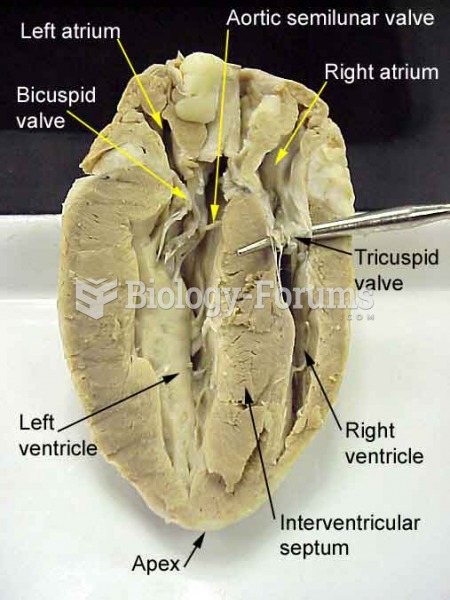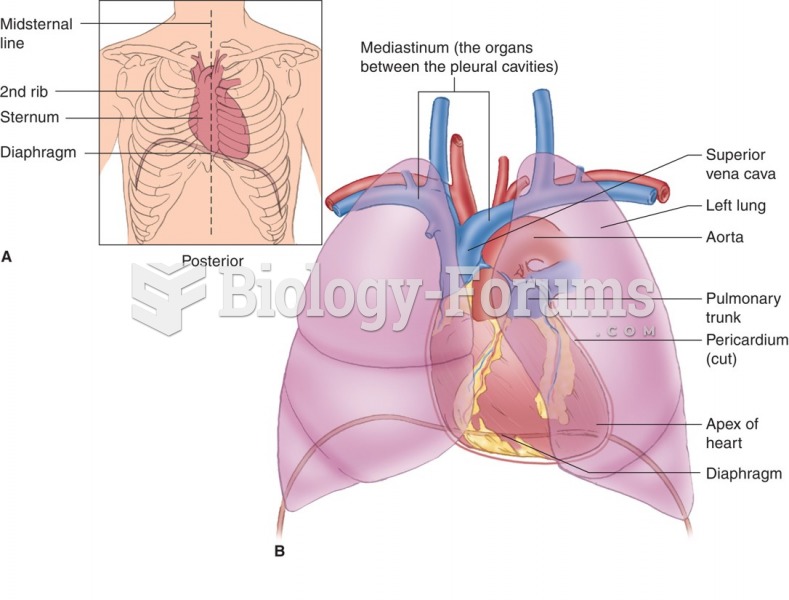This topic contains a solution. Click here to go to the answer
|
|
|
Did you know?
The Romans did not use numerals to indicate fractions but instead used words to indicate parts of a whole.
Did you know?
On average, someone in the United States has a stroke about every 40 seconds. This is about 795,000 people per year.
Did you know?
Asthma cases in Americans are about 75% higher today than they were in 1980.
Did you know?
To maintain good kidney function, you should drink at least 3 quarts of water daily. Water dilutes urine and helps prevent concentrations of salts and minerals that can lead to kidney stone formation. Chronic dehydration is a major contributor to the development of kidney stones.
Did you know?
Cucumber slices relieve headaches by tightening blood vessels, reducing blood flow to the area, and relieving pressure.
 Negative control of a repressible set of genes: function of the trp repressor and corepressor in reg
Negative control of a repressible set of genes: function of the trp repressor and corepressor in reg
 Vital signs for clients in metabolic alkalosis may reveal hypotension, bradycardia, and an irregular
Vital signs for clients in metabolic alkalosis may reveal hypotension, bradycardia, and an irregular





